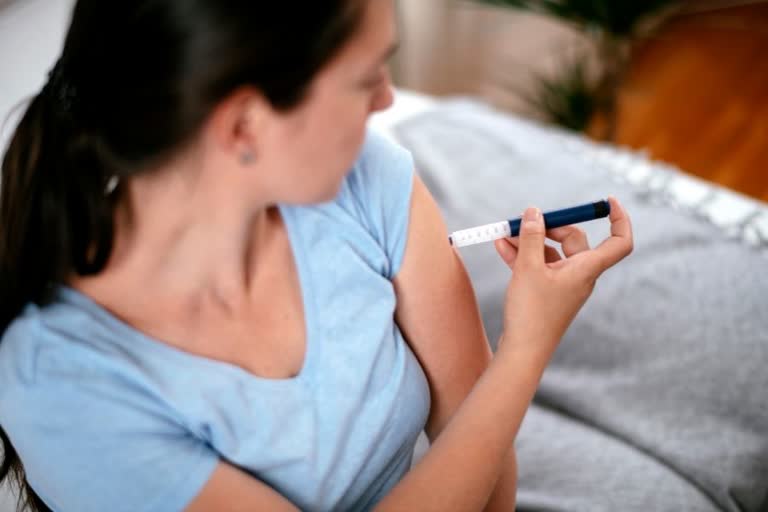As per the Lancet, the isolation of insulin in 1921 and its subsequent delivery to a 14-year-old boy in a diabetic coma in Toronto in 1922 was a ground-breaking scientific and clinical achievement that has transformed diabetes care and is celebrated in this themed issue of The Lancet. But despite the altruistic sentiments of the discoverers—Banting, Best, Collip, and Macleod—that “insulin belongs to the world”, the lack of access to insulin over the past 100 years reflects an appalling policy and implementation failure.
A Review describes the scale of the problem when it comes to insulin access in low-income and middle-income countries. There is a paucity of data—fewer than half of countries in central and east Asia and western sub-Saharan Africa have the necessary policies and registries to account accurately for the numbers and needs of patients with diabetes. Globally, an estimated 76% of children with type 1 diabetes are unable to stay within the recommended glycaemic ranges, putting them at risk of life-threatening short-term and long-term complications.
More than 50% of patients with type 2 diabetes are unable to receive the insulin they need. A lack of data makes knowing how these failures affect life expectancy hard to quantify. But in one longitudinal study with a 20-year follow-up from Soweto, South Africa, the mortality rate for people with type 1 diabetes was 43%. Early deaths from type 1 and type 2 diabetes globally have increased by 5% since 2000, in stark contrast to premature deaths from other non-communicable diseases, which have been decreasing.
When it comes to insulin access, the cost is a major barrier. Global production and supply of insulin are dominated by three companies—Novo Nordisk, Eli Lilly, and Sanofi. Despite efforts such as the WHO prequalification of insulin, which aimed to encourage more insulin manufacturers and lower costs, together with the inclusion of long-acting insulin analogs and their biosimilars on the WHO Essential Medicines List (human insulin has been on the list since 1977), insulin remains unaffordable for many people. A move this year from the WHO Essential Medicines List expert committee to create a working group on highly-priced essential medicines is welcome.
Also Read: Nutrition Tips for Diabetes Management.
In the USA, a quarter of the 7 million patients taking insulin have reported difficulties in affordability. A Perspectives piece documents how a century of controversial pricing practices, including price-fixing, has led to repeated market failures and continued unnecessary deaths in the USA. Insulin pricing has been subject to the worst type of regulatory capture, where policy and regulatory processes work to the benefit of a few greedy drug companies rather than serving the needs of people who require insulin. A Comment highlights the need to focus on the structural racism that complicates insulin access pricing for racially marginalized Americans, who are both more likely to be prescribed insulin and more likely to be from low-income, uninsured, or underinsured populations that are unable to pay for it.
Research and development have focused on incrementally newer insulin analogs—some of which have unclear evidence of increased effectiveness despite higher costs—and continuous glucose monitoring apparatus that are out of reach to most patients globally. The result is that little has changed in how patients with type 1 diabetes are treated in much of the world over the past 100 years. Along with difficulty in getting insulin, many patients do not have access to basic blood glucose monitoring, diagnosis continues to be a problem, and access to patient education is limited.
A hopeful step is the creation of the WHO Global Diabetes Compact, which brings together private and public sectors to work on three main areas: improving access to insulin and accompanying diabetes treatment products, building resilient health systems, and involving those living with diabetes in the conversation. There is also a focus on improving the prevention of type 2 diabetes. The Compact's success in improving insulin access will rest on whether public-private partnerships are sufficiently meaningful to catalyze change and transparency.
Globally, around 80% of patients living with diabetes live in low-income and middle-income countries, yet most interested parties continue to pursue a research agenda driven by high-income needs. A focus on bridging the information gap with better data, frugal innovation, and concentrating on advances for low-resource settings will help. But for the next 100 years to atone for the past, the market for insulin and the companies that drive it must be made to serve those most in need.


